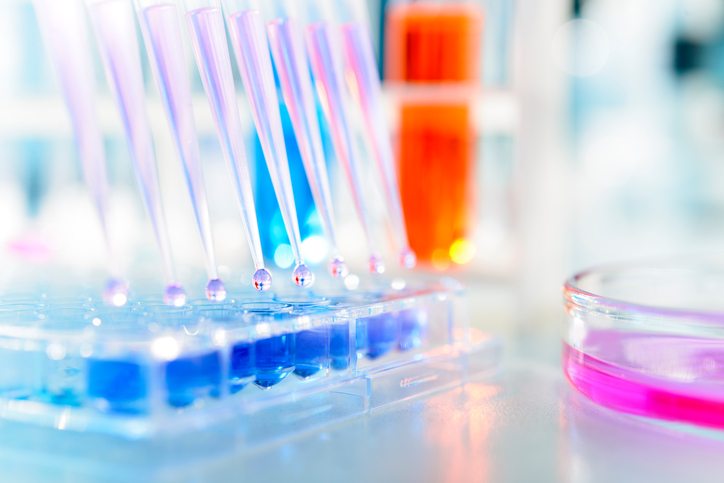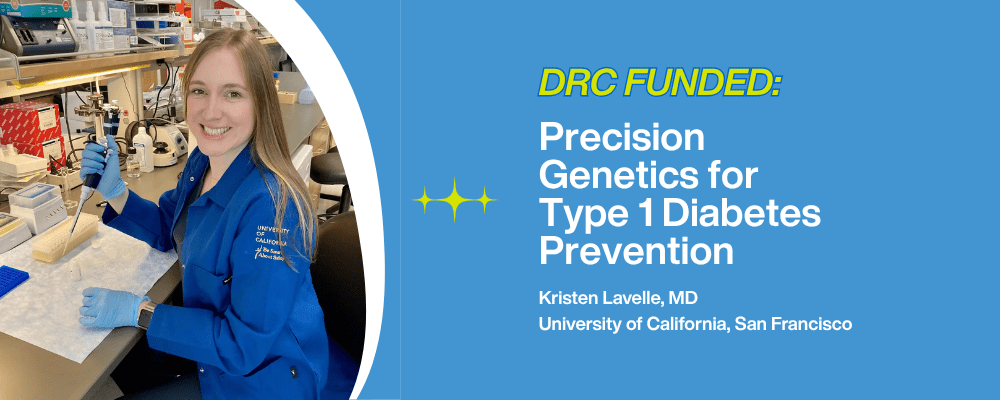Original article published by IOP Science on December 1, 2016. Click here to read the original article.
Abstract
Transplantation of human pluripotent stem cells (hPSC) differentiated into insulin-producing βcells is a regenerative medicine approach being investigated for diabetes cell replacement therapy. This report presents a multifaceted transplantation strategy that combines differentiation into stem cell-derived β (SC-β) cells with 3D printing. By modulating the parameters of a low-cost 3D printer, we created a macroporous device composed of polylactic acid (PLA) that houses SC-β cell clusters within a degradable fibrin gel. Using finite element modeling of cellular oxygen diffusion-consumption and an in vitro culture system that allows for culture of devices at physiological oxygen levels, we identified cluster sizes that avoid severe hypoxia within 3D-printed devices and developed a microwell-based technique for resizing clusters within this range. Upon transplantation into mice, SC-β cell-embedded 3D-printed devices function for 12 weeks, are retrievable, and maintain structural integrity. Here, we demonstrate a novel 3D-printing approach that advances the use of differentiated hPSC for regenerative medicine applications and serves as a platform for future transplantation strategies.
[su_button url=”http://iopscience.iop.org/article/10.1088/1758-5090/9/1/015002/meta?elqTrackId=96062d779f46499eb7cc18d9ab30d665&elq=3d599e01edda49df92afa531a8a717ae&elqaid=17717&elqat=1&elqCampaignId=10609″ target=”blank” style=”flat” background=”#64b243″ size=”6″ center=”yes” radius=”5″ icon=”icon: angle-right”]Continue Reading[/su_button]




